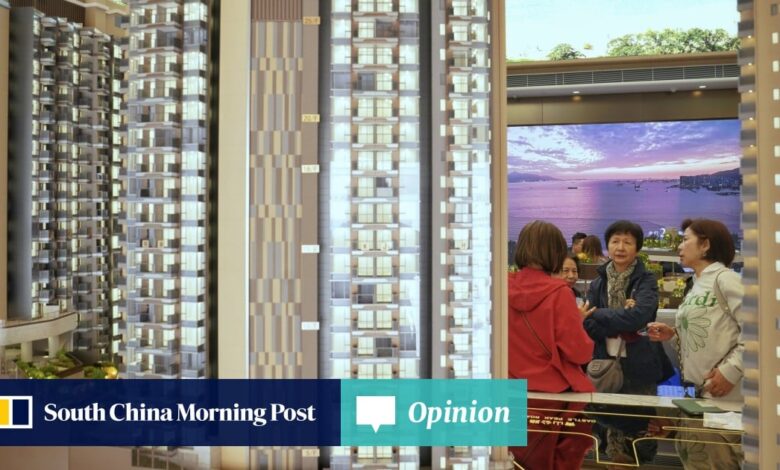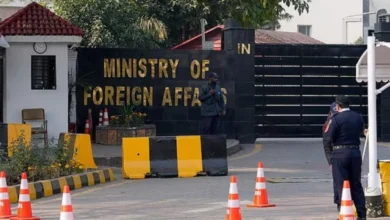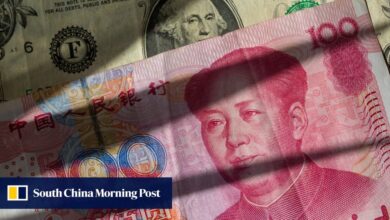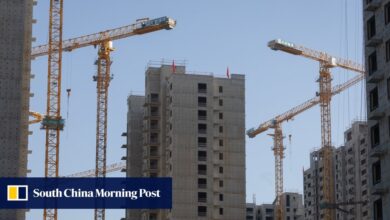When the US Federal Reserve
reduced interest rates last September for the first time since 2020, Wall Street banks expected borrowing costs to fall by at least 1 percentage point this year. Fast forward to today and Bank of America believes the world’s most important central bank is done cutting interest rates.
On January 29, the Fed made this scenario more likely when it
paused its cycle of interest rate reductions and said it needed more time to assess how President Donald Trump’s policy agenda impacts inflation.
The affirmation that benchmark US interest rates will remain higher for longer is the latest blow to sentiment towards Asian markets, already under pressure because of the region’s vulnerability to the onslaught of protectionism and concerns about the effectiveness of more forceful
stimulus measures in China.
The property industry, one of the most interest-rate-sensitive sectors, is particularly at risk. The S&P Asia Pacific Reit index, which tracks the performance of listed real estate investment trusts (Reits) in the most established markets in the region, is down 12 per cent since early October, when traders began to pare back bets on cuts in US rates.
However, the decline is attributable to a confluence of factors, not least the sharp falls in the broader Asian equity market. Having said that, parts of Asia’s real estate sector have proved quite resilient in recent months. In the commercial property investment market, transaction volumes in the leading markets rose 10 per cent year on year in the final quarter of 2024, data from JLL shows.
As I pointed out in an
earlier column, market idiosyncrasies, government policies and supply-demand dynamics underscore the importance of a nuanced view of Asia’s property industry.





